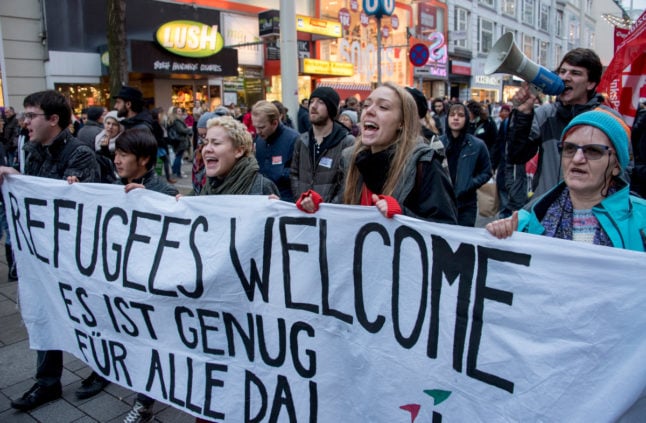Of those who took part in the survey, carried out for the Standard newspaper, 52 percent don’t agree that the FPÖ is “a normal political party” – and only 37 percent think it is.
Like populist parties elsewhere in Europe, the FPÖ has increased its support after stoking public fears about record immigration and rising unemployment.
Norbert Hofer, often described as the far-right's “friendly face”, hopes to become the European Union's first far-right head of state in the December 4th re-run of Austria’s presidential election.
The survey also asked participants if they had ever voted for the Freedom Party in local, state or national elections. 22 percent said that they had voted for the FPÖ several times, and 18 percent said they had voted at least once for the FPÖ. Loyal Social Democrat voters were less likely to switch to supporting the Freedom Party than any other voters.
People who had been educated at university level were least likely to have voted for the FPÖ.
Those who said they had voted for the FPÖ were the most dissatisfied with the current government, a coalition of the Social Democrats and the conservative People’s Party. 79 percent of people who voted FPÖ said they believed the government did not have the country’s problems under control.
However, only 31 percent of those surveyed felt that the FPÖ has a clear plan on how to govern Austria. Younger interviewees tended to have more trust in the Freedom Party than those aged over 50.
32 percent of people believed that the Freedom Party should be part of the next governing coalition – most of them middle-aged and with a lower level of education. 53 percent of those surveyed said they were against the FPÖ being part of the government.
64 percent – including FPÖ supporters – said they believed that Austrian society would be split if the Freedom Party were to be included in the federal government.
Only 21 percent believed things in Austria would improve if the FPÖ was part of the federal government.



 Please whitelist us to continue reading.
Please whitelist us to continue reading.